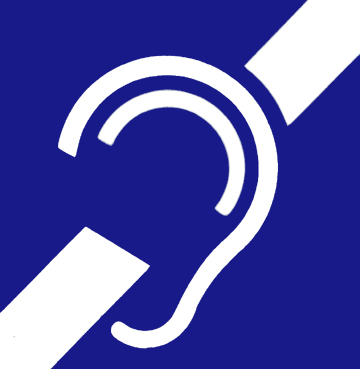South African Doctors Treat Deafness By First Middle Ear Transplant.

By Neucrad Health India May 20, 2019
In a ground-breaking surgery, Professor Mashudu Tshifularo and his medical team at Steve Biko Academic Hospital at Tshwane in the University of Pretoria cured deafness in a 35-year old man by using 3D-printed middle ear bones. The patient lost his hearing abilities due to damage in the middle ear in a road accident long back. Doctors are speculating that this pioneering surgery would also help in treating conductive hear loss due to medical issues in middle ear and congenital disabilities. In many cases, individuals have hearing loss due to trauma, infection, and metabolic diseases; 3D printing of middle ears can help in regaining hearing abilities in such conditions as well.
How did the Medical Team of Steve Biko Academic Hospital conduct the surgery?
Professor Mashudu Tshifularo incorporated 3D-printing technology to achieve prints of the hammer, anvil and stirrup-the three bones which make up the ossicles of the middle ear. In the patient’s ear, the ossicle was not functioning correctly after the road accident, so replacing it with a new 3D printed bone helped in achieving success. Moreover, this procedure involves fewer risks than other techniques like the use of prostheses. It also minimises the chance of facial nerve paralysis which can occur during traditional ear surgeries. The patient got back his hearing immediately after the surgery. However, since he had bandages all around the ears, he would experience the difference in hearing when the bandages get removed after two weeks.
Professor Tshifularo is highly skilled and experienced medical professional in conducting surgeries involving conductive hearing loss. For the past two years, he has undertaken extensive research work in 3D printing technologies. The Health Minister of South Africa, Aaron Motsoaledi announced that he would support the research and medical team of Steve Biko Academic Hospital with all possible help.
How is the 3D Printing of Middle Ear carried out?
The medical team of Steve Biko Academic Hospital used titanium in the 3D printing of middle ear since it is a biocompatible element. In the beginning, the doctors carefully mapped the middle ear bone structure of the patient. After this, they ran this mapped design on a 3D printer, which recreated a new middle ear bone by precisely adding one layer of plastic above other. Then they used an endoscope to re-introduce the developed ossicle in the patient’s ear. Professor Tshifularo followed up the details of the procedure every week for the success of this experiment. However, we must remember that this type of pioneering surgery requires adequate funding and painstaking research for a prolonged period. In the words of Prof Tshifularo, you can either ‘innovate or perish’ in clinical procedures. Research scholars and academics have a responsibility of continuously finding innovative solutions for the betterment of humankind.
What is the role of the middle ear in Hearing?
The middle ear is also known as the tympanic cavity, and it plays a significant role in hearing of humans. It is an air-filled, membrane-enclosed space present between the ear canal and the cochlea, auditory nerve, and Eustachian tube. The primary function of the three small bones present in the tympanic cavity is to transmit the sound waves from the outer ear to inner ear. The entire area of the middle ear remains pressurised. When this pressure is not equivalent to the outside environment, individuals suffer from discomforts like earache and headache. Once this sound vibration reaches the inner ear, it gets converted into nerve impulses and reaches the brain.
So, this was, in brief, the role of 3D printing of middle ear in regaining hearing abilities of human beings. However, we must note that the use of this technology in medical science is still in the nascent stage. More research is required before implementing 3D printing technology for curing health issues on a large scale.






